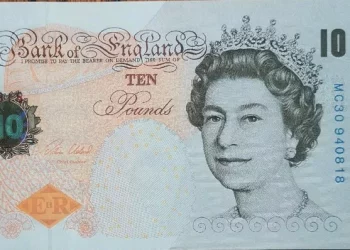The GBP/USD pair weakened to around 1.2910 during Monday’s early European session, pressured by a stronger U.S. Dollar (USD) following Donald Trump’s election win. The market’s inflation expectations have risen, prompting traders to anticipate that the U.S. Federal Reserve may slow down on potential rate cuts. This expectation has supported the USD, which continues to weigh on the GBP/USD pair.
On the UK side, the Bank of England (BoE) reiterated its position on maintaining a gradual approach to policy adjustments, stating that a “restrictive” stance would be maintained as needed. While the BoE’s relatively firm stance may limit the pair’s losses, it has yet to change the bearish trend in GBP/USD.
Technical Analysis: GBP/USD Maintains Bearish Outlook Below Key Support Levels
Technically, GBP/USD remains under pressure, with its price below the crucial 100-day Exponential Moving Average (EMA) on the daily chart. The 14-day Relative Strength Index (RSI) is also below the midline at around 43.85, suggesting bearish momentum.
Support levels are seen at 1.2875, the low from November 7, with further support in the 1.2850-1.2840 range, near the lower Bollinger Band and October 31 low. On the upside, resistance lies at the 100-day EMA around 1.2983, with a more significant barrier at the 1.3000 psychological mark. A break above this level could lead to a move toward 1.3048, the high from November 6.
Related Topics:



























